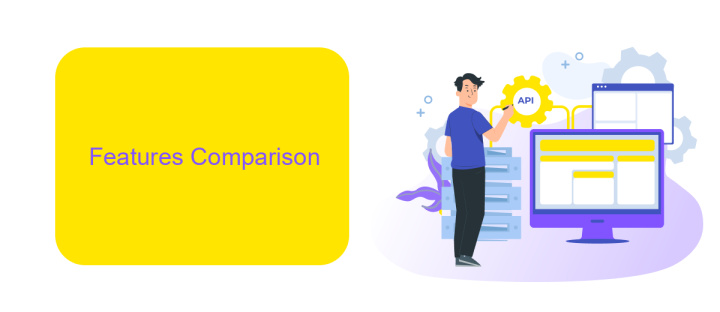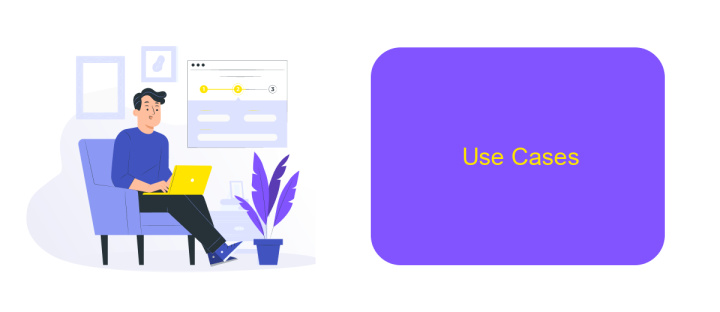Informatica Vs Snaplogic
In the rapidly evolving landscape of data integration and management, choosing the right platform is crucial for business success. Informatica and SnapLogic are two leading contenders, each offering unique features and capabilities. This article aims to compare these two powerful tools, examining their strengths, weaknesses, and key differences to help you make an informed decision for your organization's data needs.
Introduction
In the ever-evolving landscape of data integration, businesses are constantly seeking efficient and reliable solutions to streamline their processes. Two prominent players in this domain are Informatica and SnapLogic. Both platforms offer robust tools for data integration, but they cater to different needs and preferences, making the choice between them a crucial decision for organizations.
- Informatica: Known for its comprehensive suite of data management tools, Informatica excels in complex data integration and data quality solutions.
- SnapLogic: A modern, cloud-based integration platform, SnapLogic focuses on ease of use and rapid deployment, making it ideal for agile environments.
- ApiX-Drive: A versatile service that simplifies the setup of integrations, allowing businesses to connect various applications without extensive coding knowledge.
Understanding the strengths and weaknesses of Informatica and SnapLogic is essential for businesses aiming to optimize their data workflows. By evaluating factors such as scalability, ease of use, and integration capabilities, organizations can make informed decisions that align with their specific needs. Additionally, leveraging tools like ApiX-Drive can further enhance integration processes, providing a seamless experience across different platforms.
Features Comparison

Informatica and SnapLogic are both powerful data integration tools, but they cater to different needs and offer distinct features. Informatica excels in providing a comprehensive suite of data management solutions, including ETL (Extract, Transform, Load), data quality, and data governance. It is known for its robust performance and scalability, making it suitable for large enterprises with complex data environments. Informatica also offers extensive support for various data sources and targets, ensuring seamless integration across diverse systems.
SnapLogic, on the other hand, is designed with a focus on ease of use and rapid deployment. Its intuitive, drag-and-drop interface allows users to quickly build and manage integrations without extensive coding knowledge. SnapLogic's cloud-native architecture ensures high availability and scalability, making it a preferred choice for organizations looking for agile and flexible integration solutions. Additionally, SnapLogic supports real-time data processing and integration, which is crucial for businesses that require immediate data insights. For those seeking an efficient way to set up integrations, services like ApiX-Drive can further simplify the process by providing pre-built connectors and automation capabilities.
Pricing and Licensing

When comparing pricing and licensing between Informatica and SnapLogic, it's essential to consider the specific needs of your organization. Both platforms offer flexible pricing models, but there are key differences that could influence your decision.
- Informatica: Offers a subscription-based model with tiered pricing depending on the number of users, data volume, and specific features required. They provide enterprise-level solutions which can be more costly but offer extensive customization and support.
- SnapLogic: Utilizes a consumption-based pricing model, where costs are determined by the number of pipelines and data integrations. This can be more cost-effective for smaller organizations or projects with fluctuating demands.
Both Informatica and SnapLogic provide robust integration capabilities, but if you are looking for a more budget-friendly and easy-to-use solution, consider alternatives like ApiX-Drive. ApiX-Drive offers a simple, cost-effective way to automate integrations without the need for extensive technical knowledge, making it an excellent choice for small to medium-sized businesses.
Use Cases

Informatica and SnapLogic are two powerful tools used for data integration and automation. Each has its own strengths and unique use cases that cater to different business needs. Informatica is known for its robust data management capabilities, making it ideal for large enterprises with complex data environments.
SnapLogic, on the other hand, excels in its ease of use and rapid deployment, making it a preferred choice for businesses looking for quick and efficient integration solutions. This platform is particularly well-suited for organizations that need to integrate cloud applications and on-premise systems seamlessly.
- Data Warehousing: Informatica is often used for building and maintaining large-scale data warehouses.
- Real-time Data Integration: SnapLogic is ideal for real-time data integration across various cloud services.
- ETL Processes: Both tools are effective for Extract, Transform, Load (ETL) processes, but Informatica offers more advanced features.
- API Integration: Services like ApiX-Drive can be used alongside SnapLogic for streamlined API management and integration.
Choosing between Informatica and SnapLogic depends on your specific business requirements. Informatica is suited for complex, large-scale data environments, whereas SnapLogic offers quick deployment and ease of use for real-time integration needs. Additionally, leveraging tools like ApiX-Drive can further enhance integration capabilities, providing a comprehensive solution for API management and automation.
Conclusion
When comparing Informatica and SnapLogic, it's clear that both platforms offer robust data integration solutions tailored to different business needs. Informatica excels with its comprehensive suite of tools, extensive support, and scalability, making it a strong choice for large enterprises with complex data landscapes. On the other hand, SnapLogic stands out for its user-friendly interface, rapid deployment capabilities, and flexibility, which are ideal for businesses seeking quick and efficient integration solutions.
While each platform has its unique strengths, the choice ultimately depends on your specific requirements and resources. For those looking to streamline their integration processes further, services like ApiX-Drive can be invaluable. ApiX-Drive offers a seamless way to automate data flows between various applications, enhancing the efficiency and effectiveness of your integration strategy. By leveraging the right tools and services, businesses can achieve optimal data integration, ensuring smooth operations and informed decision-making.
- Automate the work of an online store or landing
- Empower through integration
- Don't spend money on programmers and integrators
- Save time by automating routine tasks
FAQ
What are the main differences between Informatica and SnapLogic?
Which platform is more suitable for large enterprises?
Can both Informatica and SnapLogic handle real-time data integration?
What are the deployment options for Informatica and SnapLogic?
Are there services available to help implement and automate integrations for these platforms?
Apix-Drive is a simple and efficient system connector that will help you automate routine tasks and optimize business processes. You can save time and money, direct these resources to more important purposes. Test ApiX-Drive and make sure that this tool will relieve your employees and after 5 minutes of settings your business will start working faster.


